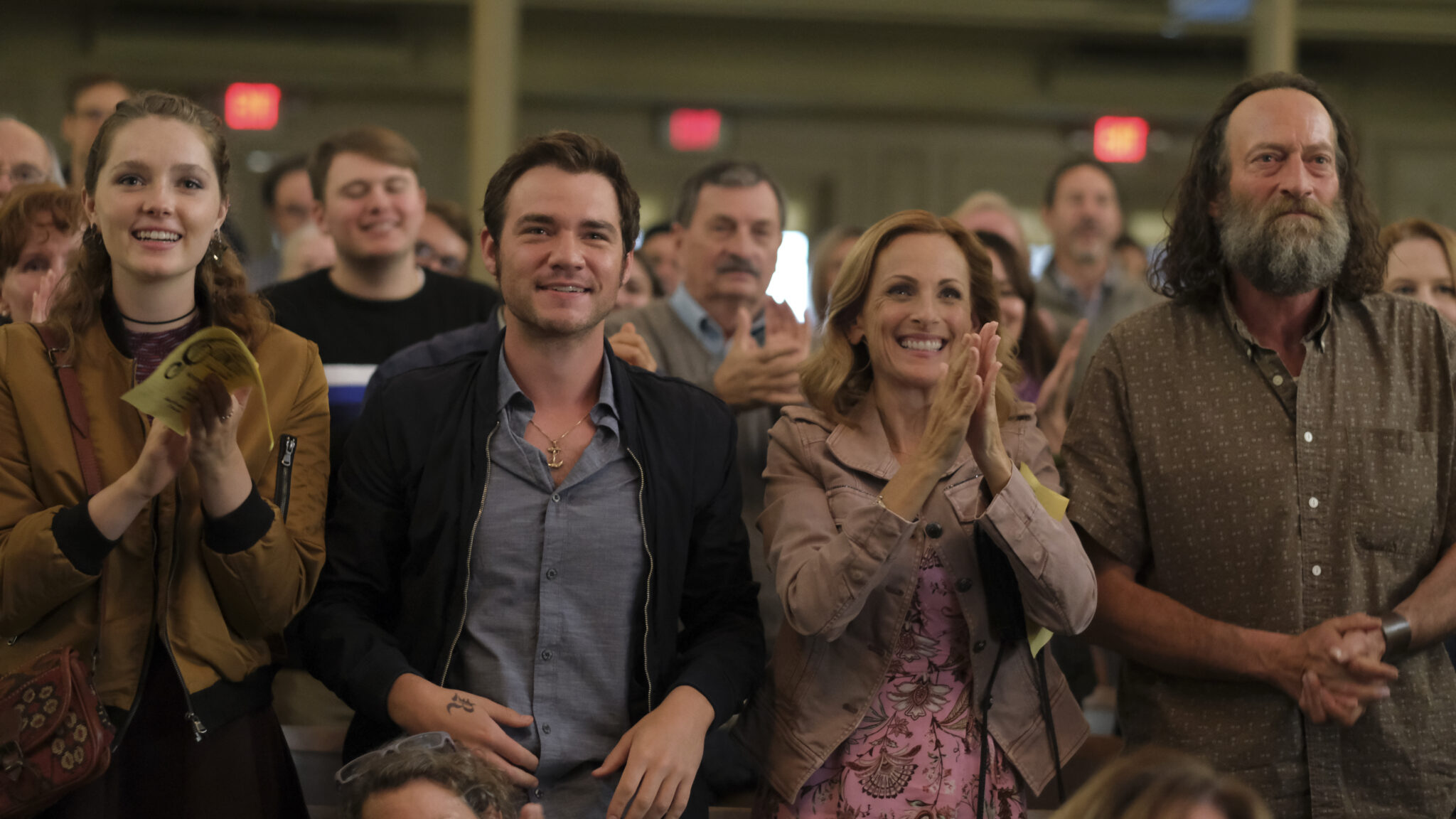Table of Contents Show
Disabled characters have been portrayed on screen since as early as 1897 in the French short film Le Faux cul-de-jatte (The False Cripple, 1897; Lumière Brothers). However, it is only in recent years that disabled characters are being given their own stories instead of being used as props to uplift their able-bodied counterparts.
Earlier films and television shows that had a disabled character would often use that character’s disability as a speaking point of inspiration in order to uplift the main characters and get them to reflect on their own lives in a new way. After all, whatever the main characters were going through couldn’t possibly be as bad as whatever the disabled character had to live with every day, right?
Even with more disabled characters being portrayed over the years, there still aren’t enough disabled actors in television and film; however, this is slowly changing. Thanks to the groundbreaking efforts of actors such as Harold Russell, Marlee Matlin, and Ryan O’Connell paving the way, more disabled actors are getting the chance to take on roles that showcase the talents of disabled actors. Not only that, disabled characters are finally being shown to be more than their disabilities.
Disabled Characters Transcend Their Disabilities
Disabled characters are getting stories that do not solely focus on their “disabledness” and instead are well-rounded individuals. In more recent years, stories centering on disabled characters have come out like The Peanut Butter Falcon (2019; Tyler Nilson and Michael Schwartz), CODA (2022; Sian Heder), and Special (2019; Ryan O’Connell). These stories not only have a disabled character that is played by a disabled actor, but their stories aren’t solely focused on the fact that the character is disabled and it is instead only one aspect that makes up the character.
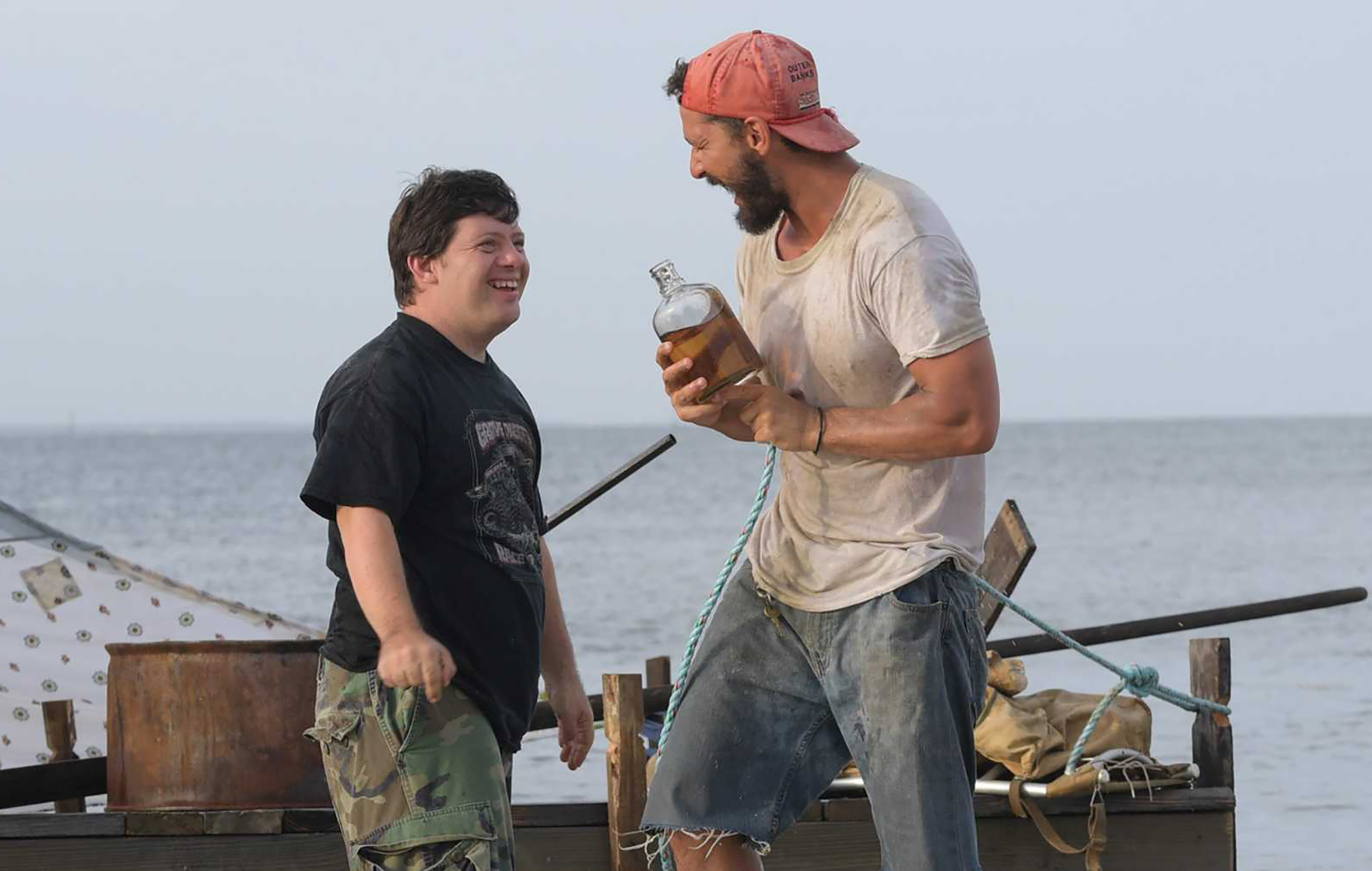
Historically, when a disabled character is introduced to an able-bodied cast they are typically the subject of “inspiration porn,” a term coined by disability rights activist Stella Young in 2012. These characters serve the purpose of uplifting the able-bodied characters by displaying their “strength” in being able to get through life despite their obvious disability. If the disabled character can have a positive outlook on life, even though they have to live with a chronic disease or have to get around in a wheelchair, then so too can the able-bodied characters handle their current struggles.
This effectively “others” the disabled character by reducing them to their disability and separating them from the other able-bodied characters. Their stories are portrayed as lessons in facing adversity. In some instances, these characters are killed off so their death can be used to propel everyone else’s development much in the same way queer characters are subject to the “bury your gays” trope and women are “fridge.”
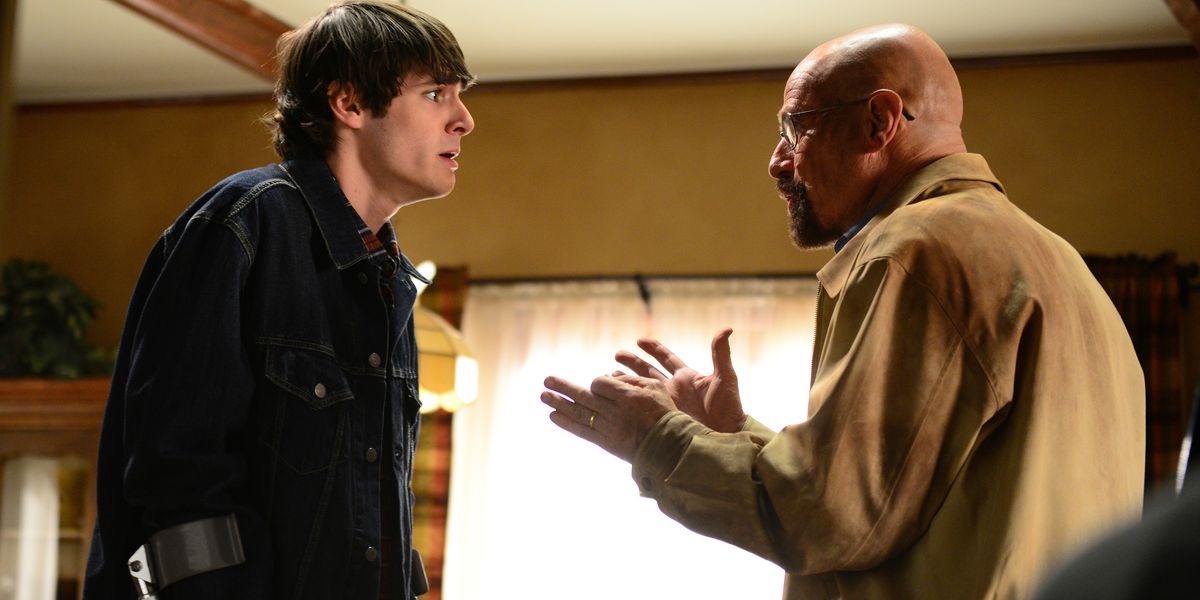
One way to rectify othering disabled characters is by incorporating them into the story as naturally as any other character. Their role in the story doesn’t center around their disability, it’s just a trait. For example, RJ Mitte who played Walter White Jr. on Breaking Bad (2008-2013) is an actor with cerebral palsy. Mitte used his experience to help shape Jr.’s character on the show, but he also brought so much more to the character since Jr.’s disability was hardly a point of conversation. Jr. went out with friends, he wanted to get his license, and he talked back to his parents. Walter White Jr. was a teenager who just so happened to have cerebral palsy.
Mitte’s character on Breaking Bad is not the only character that is written to just exist in the world instead of being an inspiration to able-bodied characters. Characters like Wendell from Fear the Walking Dead (2015-2023) and Regan Abbott from A Quiet Place (2018; John Krasinski) and A Quiet Place Part II (2021; John Krasinski) are characters that are written to just exist in the world instead of being an inspiration.
Trailblazing Disabled Actors
Disabled characters, such as Forrest Gump portrayed by Tom Hanks, and Raymond Babbitt from Rain Man (1988; Barry Levinson) portrayed by Dustin Hoffman, have won actors accolades and awards for their portrayals. However, only a handful of them are even disabled.

Marlee Matlin, Troy Kotsur, and Harold Russell are the only disabled actors to ever win an Oscar 1Hayes, P. “The Inspiring Stories of the Only Three Disabled Actors to Have Won Oscars.” MovieWeb. 2023, February 15. Matlin won the Award for Best Actress for her role as Sarah Norman in Children of a Lesser God (1986; Randa Haines). More recently, Kotsur won Best Supporting Actor for his work on CODA.
First — Harold Russell (1914-2002) Sets The Stage
The very first disabled actor to win an Oscar was war veteran Harold Russell for his work on The Best Years of Our Lives (1946; William Wyler). Not only did he win the Oscar for Best Supporting Actor, but he also won an honorary Oscar for “bringing aid and comfort to disabled veterans through the medium of motion pictures,” 2Severo, R. “Harold Russell Dies at 88; Veteran and Oscar Winner.” The New York Times. 2002, February 1. making him the only actor to receive two Oscars for the same role.
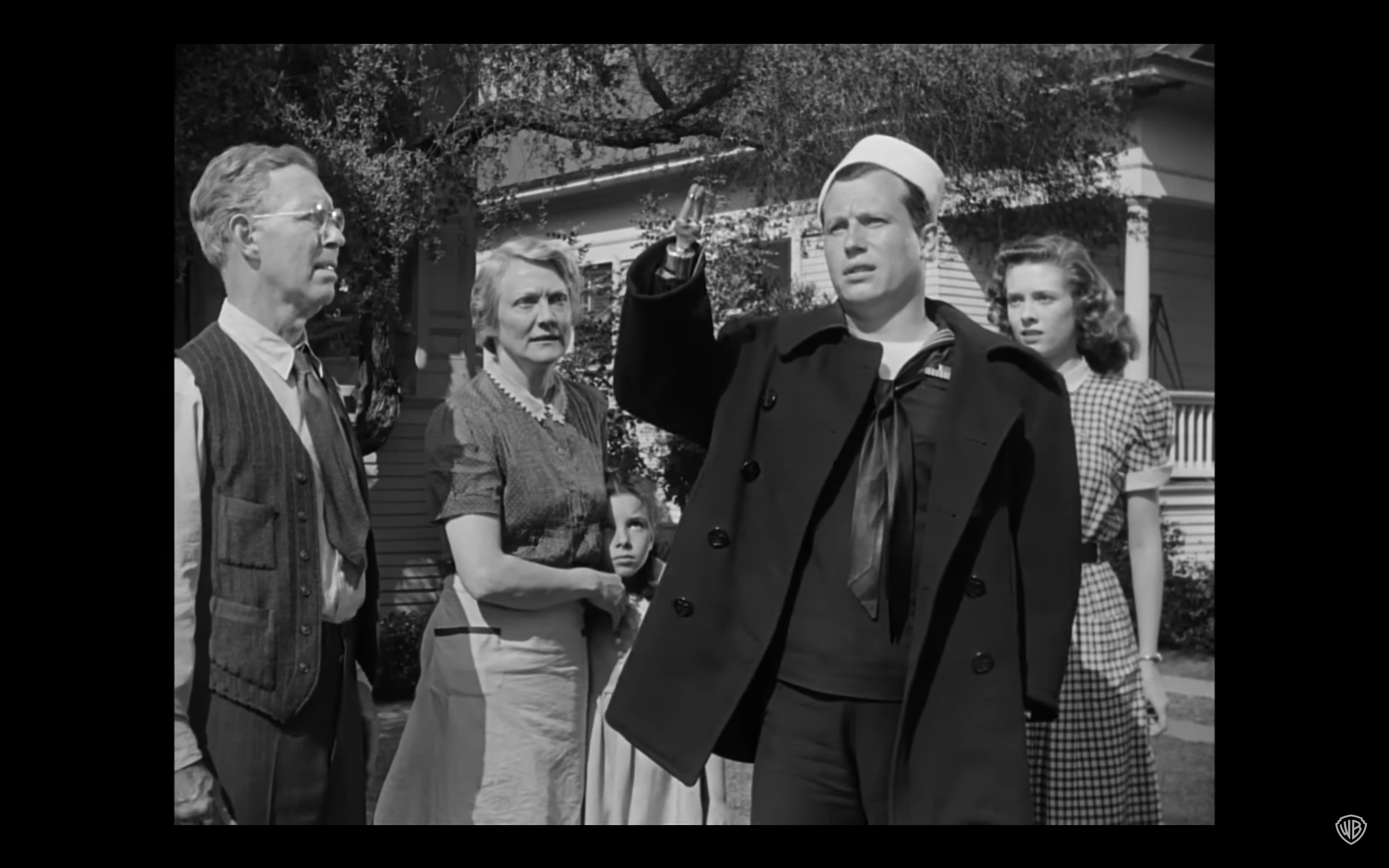
What makes Russell’s role in The Best Years of Our Lives so significant is the fact he played an amputee veteran returning home from the war who had to deal with trying to fit back into civilian life. Russell is reported to have faced depression after his amputation and only accepted the role so that he may depict the harsh reality of soldiers after World War II with authenticity. He brought awareness to disability, especially that of disabled veterans through his role and awards.
Then — Marlee Matlin (1965-)
Marlee Matlin, a deaf actress, was the second disabled person and the first disabled woman to win an Oscar. She is also the youngest person to ever win an award at age 21. She continued her acting career by starring in the television show Reasonable Doubts (1991-1993) which won her a Golden Globe. She also played a recurring role in Switched at Birth (2011) which also featured many deaf actors. She most recently co-starred alongside Kotsur in CODA.
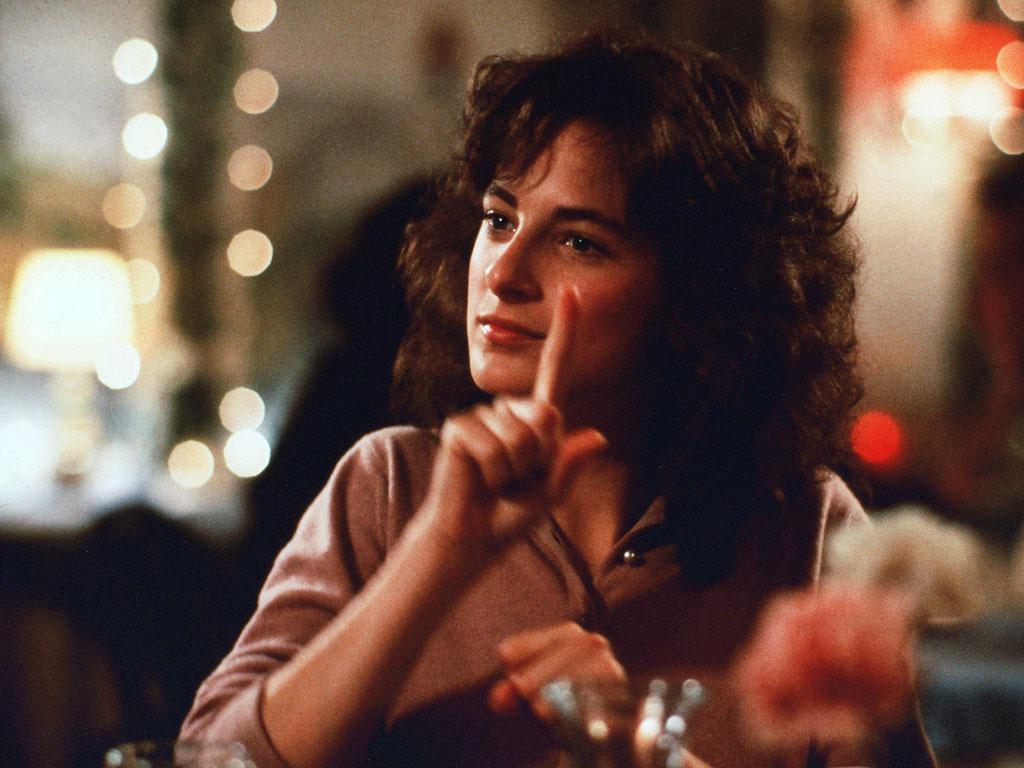
Matlin has been an advocate for Deaf representation on screen as well as for the rights of deaf actors to receive proper accommodations and for producers to caption the projects she works on. It is thanks to her efforts that films and television have become that much more accessible. She is the most recognizable and successful disabled actor to date.
Now — More Disabled Actors Are Taking The Lead
Lauren Ridloff, another deaf actress, made history as the first deaf superhero in Marvel’s Eternals (2021; Chloé Zhao). She also starred in Season 8 of The Walking Dead (2010-2022) as the character Connie. Ridloff is one of the few disabled actresses of color in both television and film today.
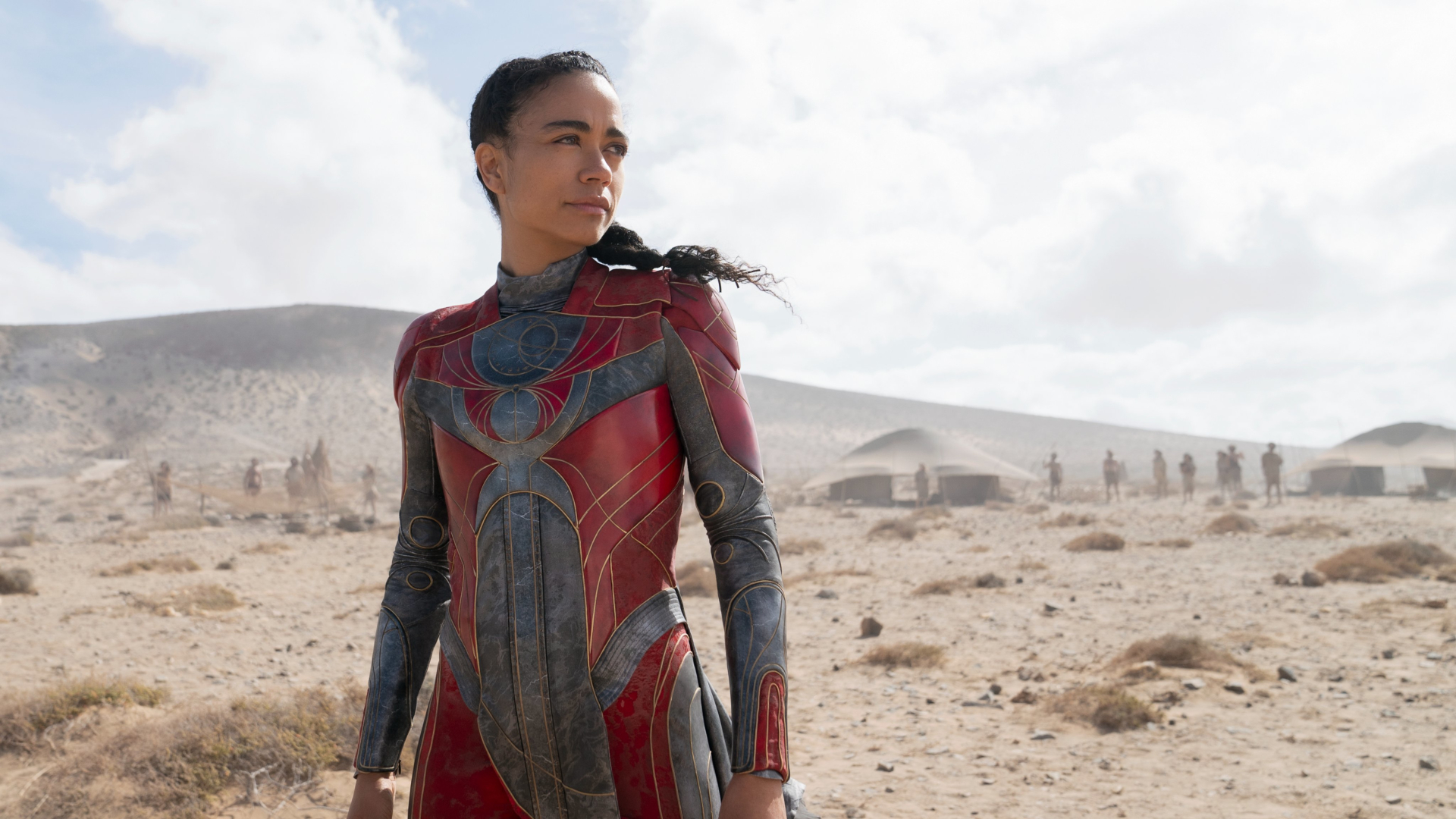
Ali Stroker, a wheelchair user, made history in 2019 as the first wheelchair user to earn a Tony Award for Best Featured Actress in a Musical in Oklahoma! In 2015 she also made history for being the first wheelchair user on Broadway in Deaf West’s production of Spring Awakening.
Disabled Characters Shine Brightest With Disabled Actors In Their Roles
Some of the most iconic characters ever played were played by disabled actors. Even in media where the disabled character isn’t the main focus, their actors give fantastic performances.
Peter Dinklage portrayed one of the most iconic characters on television: Tyrion Lannister from Game of Thrones (2011-2019). While the character’s dwarfism was pointed out several times within the show, often with the intent to insult Tyrion, his character was never used to make others feel better about themselves. Tyrion was arguably one of the most interesting characters in spite of everyone because he figured if he couldn’t be as physically strong as his older brother, he could at least be smarter than everyone. This was a character that was given a love interest and positions of power which isn’t common for disabled characters.
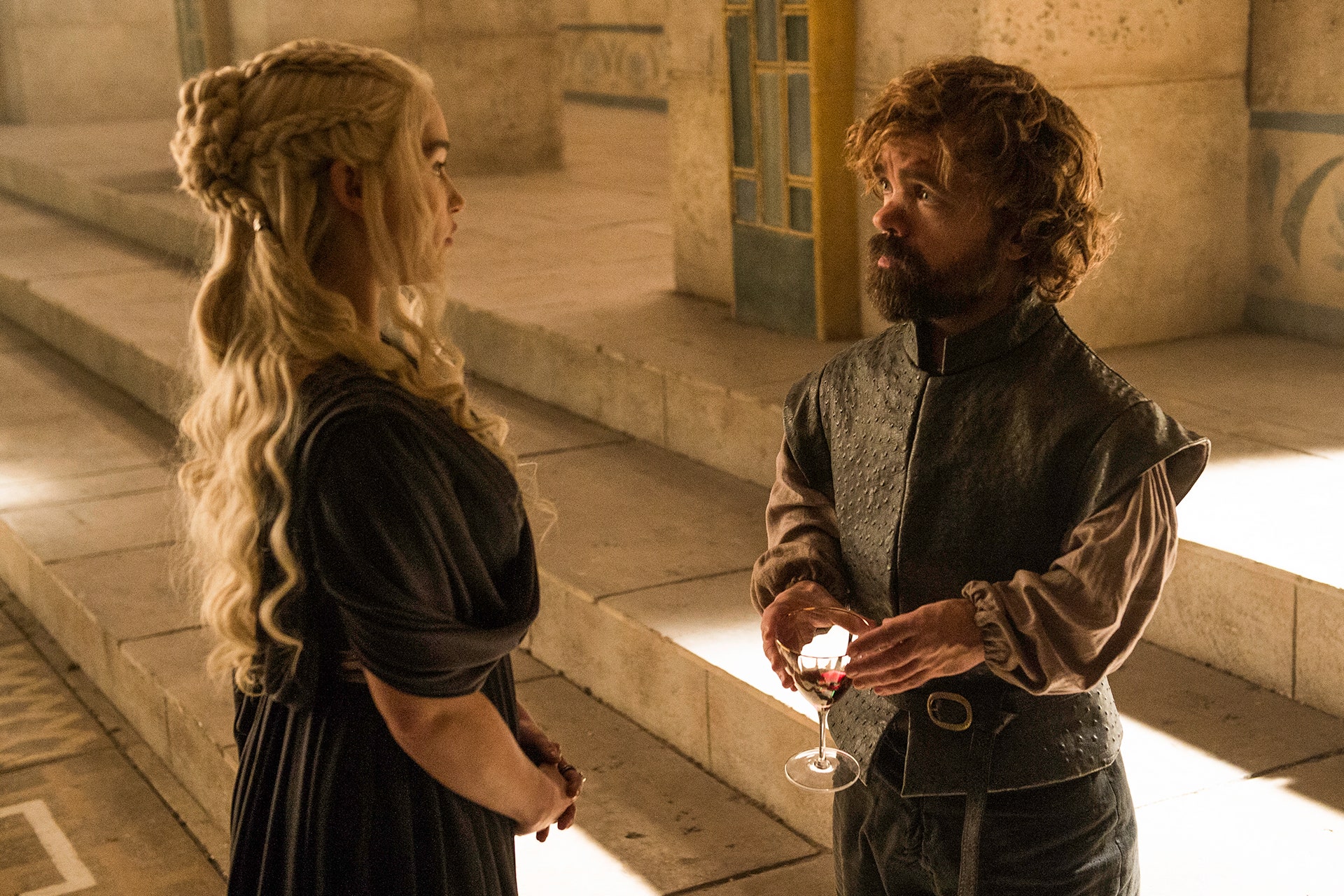
Jamie Brewer is an actress and model with Down Syndrome. She is most known for her roles in American Horror Story (2011-). As Adelaide in “Murder House,” she is a curious woman who investigates the ongoings in the neighbor’s house. She is portrayed as clever and insightful while also having an overall pleasant demeanor. She faces mental abuse at the hands of her mother who repeatedly tells her that she is ugly and should not be seen by others. However, this doesn’t stop her from making friends with the ghosts in the “Murder House.”
As Nan in “Coven,” Brewer plays an intelligent and powerful young witch with the power of clairvoyance, telekinesis, and “concillium” or mind control. It’s because other characters assume her to be unintelligent due to her appearance that she can outsmart them. Brewer’s characters aren’t written to center on her disability, instead, they are characters with as much purpose as the rest of the cast and highlight Brewer’s acting prowess.
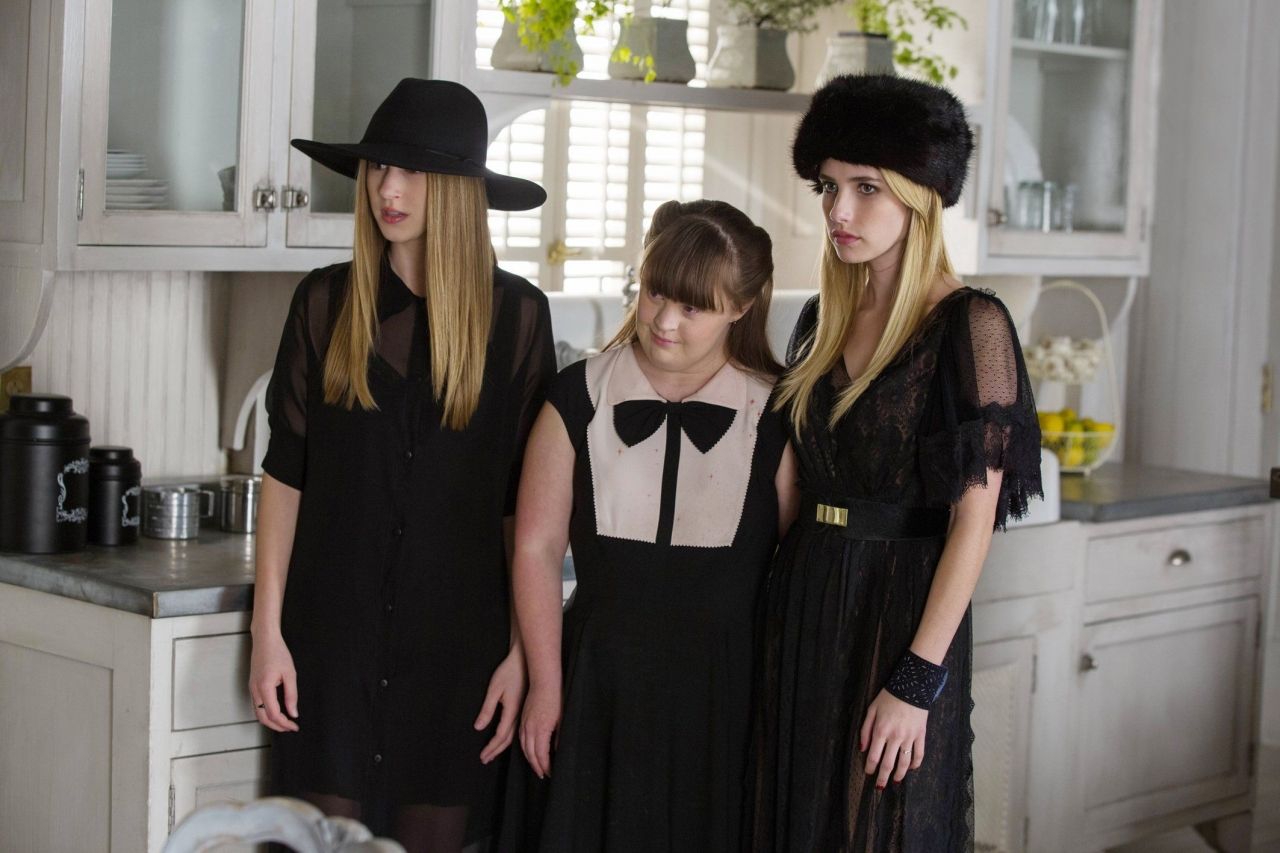
The disabled cast of Champions (2023; Bobby Farrelly) perfectly portrayed the Friends basketball team and showed disabled people as being just people. They were a group of friends who lived as teenagers, laughing, hanging out, and playing sports together. While the team is made up of disabled players for the Special Olympics was one of the main focuses of the film, it didn’t portray the characters’ disabilities as inspirational, but instead as a normal part of life.
Disabled Actors Are Here to Stay
One of the arguments that arise whenever advocates call for disabled actors to play disabled characters instead of able-bodied actors is that the best actor will always be cast. More often than not an able-bodied actor ends up cast for the role. Instances like this bring up questions of portraying disabled characters with authenticity and whether using an able-bodied actor reduces the portrayal to a caricature.
There is legitimate concern by the disability community that casting able-bodied actors will perpetuate harmful stereotypes about disabled people since they can never fully know what it is like to live with a disability. By bringing disabled actors into the equation, these characters can be portrayed authentically within their stories.
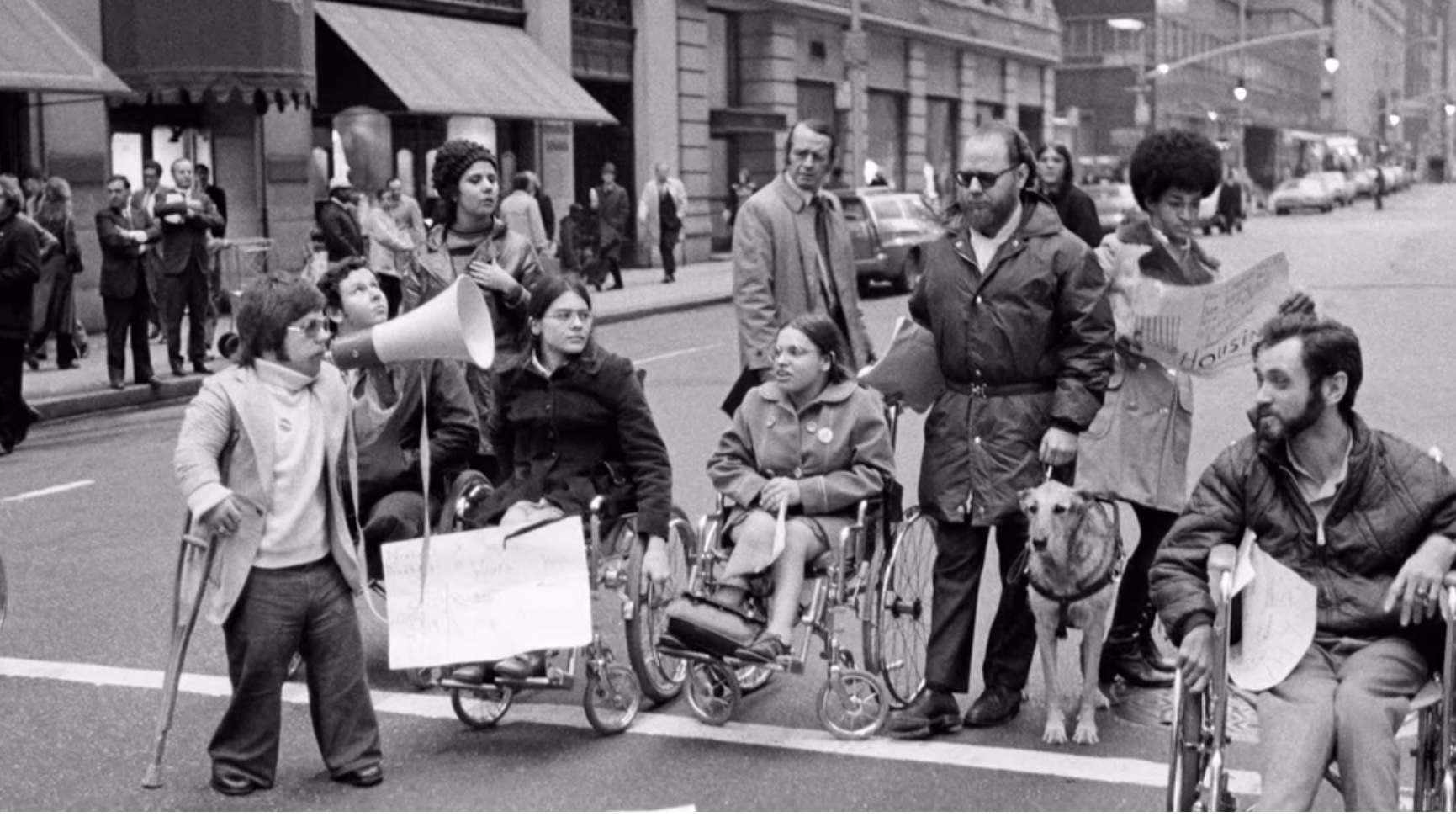
The disability community has always had a loud voice in making itself seen and heard. They are resilient fighters who constantly work to make sure their presence is acknowledged. Disabled actors are just another part of the disability community’s fight for representation and accommodation. Their presence in media will only continue to grow.
Regardless of the medium, a successful story in film and television looks to connect with its audience. The best way to do that is to represent the audience in the characters. All stories are rooted in some way in the reality of human existence, so attempting to ignore disabled people in stories would be to ignore an important aspect of the human experience. Embracing disabled actors and writing disabled characters naturally existing into stories would serve to normalize disability which in itself is a natural part of being human.
References
- 1Hayes, P. “The Inspiring Stories of the Only Three Disabled Actors to Have Won Oscars.” MovieWeb. 2023, February 15.
- 2Severo, R. “Harold Russell Dies at 88; Veteran and Oscar Winner.” The New York Times. 2002, February 1.
